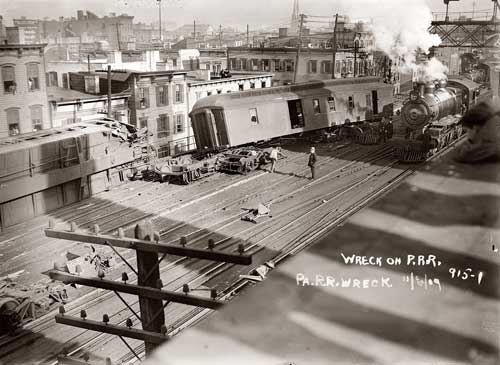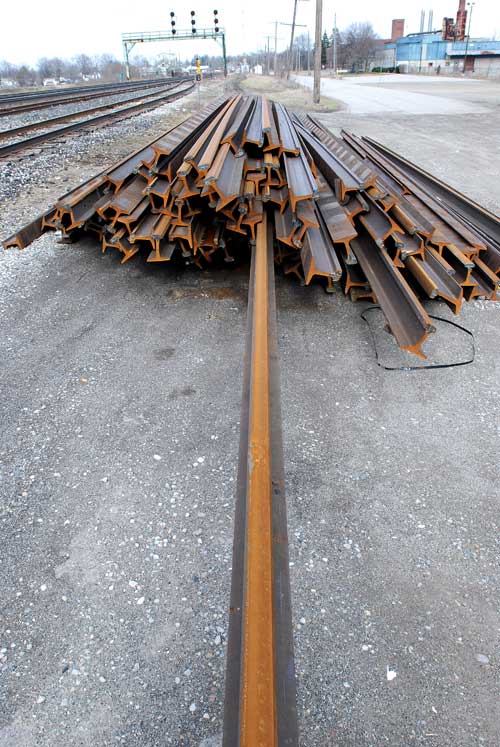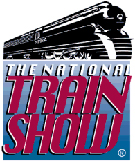Brunswick Street, Jersey City, N.J. November 6, 1909

What a great picture, worthy of a good stare.
Shamelessly lifted from Shorpy’s Blog. Also worthy of a good stare.
-Tim
Guest author Paolo Sforza
Shortly after starting on the Bronx Terminal build, I was contacted by Paolo Sforza, a modeler in the UK who is also working on building the CNJ Terminal. We have been exchanging details about the terminal (mostly him sending me stuff) and has been kind enough to write a well informed background biography about the terminal. I thought you might find it interesting, I know I sure did!
Thanks Paolo….
-Tim
CNJ Bronx Terminal
A Historical Biography
by Paolo Sforza

By 1900 the population of New York City approached 3 million, a third of whom lived in the Bronx. Some of the very factors that had allowed the City to grow so rapidly, navigable waterways, also acted as barriers to the newer types of transportation, the railroads, from reaching the center of the new metropolis. Bridges and tunnels are expensive to build and maintain, and the Hudson, East and Harlem Rivers are not small by any standards. Back then, motor transport was in its infancy. Once the railroads from the west reached the New Jersey shore the rails simply ran out at the waters edge. The solution was to float the freight cars to various small receiving yards along the Manhattan, Brooklyn and Bronx waterfronts and a myriad of these small yards sprang up in the late 19th and early 20th Centuries. One such yard, a comparative late comer was the Central Rail Road of New Jersey (aka The Jersey Central or the CNJ) Bronx Terminal, situated on the north shore of the Harlem River where Third Avenue crosses from Manhattan to the Bronx. From here the yard could serve both the Bronx itself and northern Manhattan. The Bronx Terminal wasn’t alone along this stretch of waterfront; immediately to the east was the huge main yard of the New York, New Haven & Hartford RR and to the west the much smaller yards of the Delaware, Lackawanna & Western (as the Harlem Transfer), the Erie, and the Lehigh Valley railroads occupied the busy waterfront. The CNJ’s huge main yard that fed its Bronx Terminal, amongst others, was at Communipaw on the Jersey City side of the Hudson River.
Read More »



